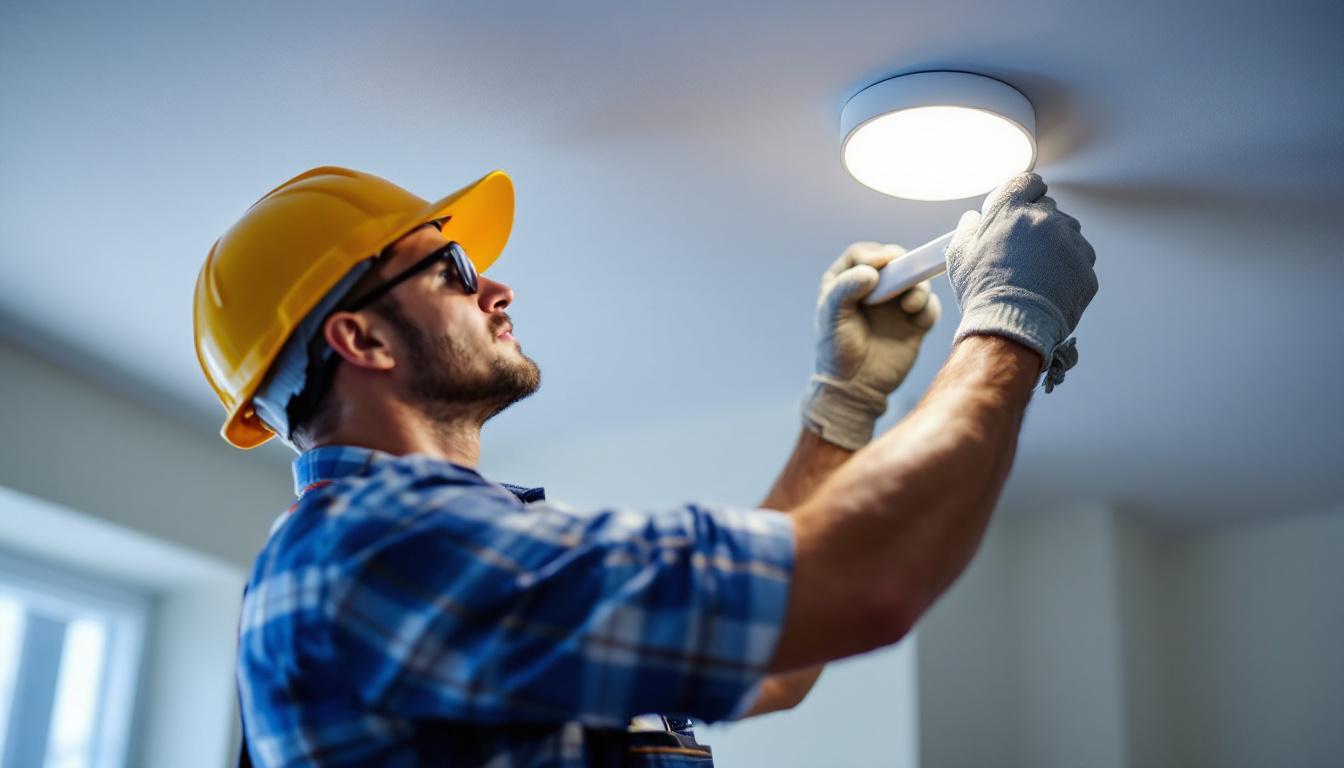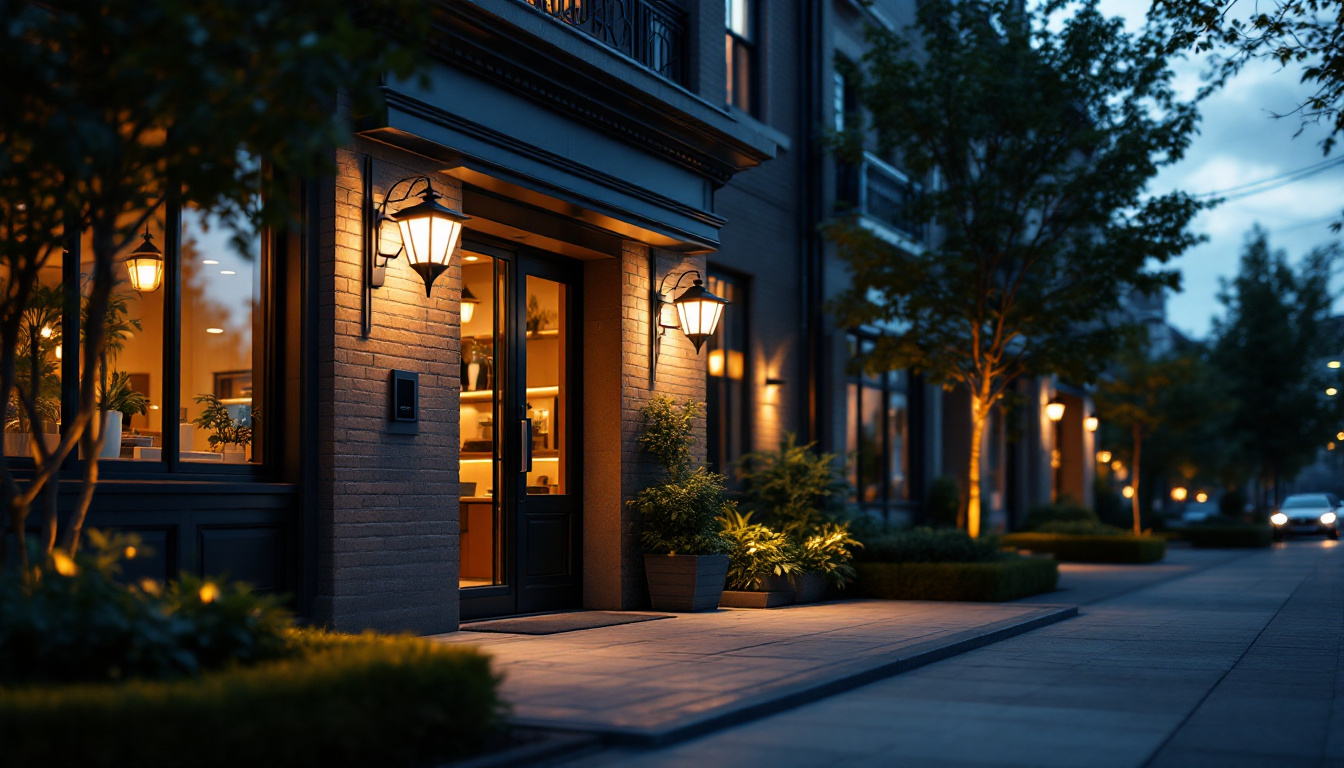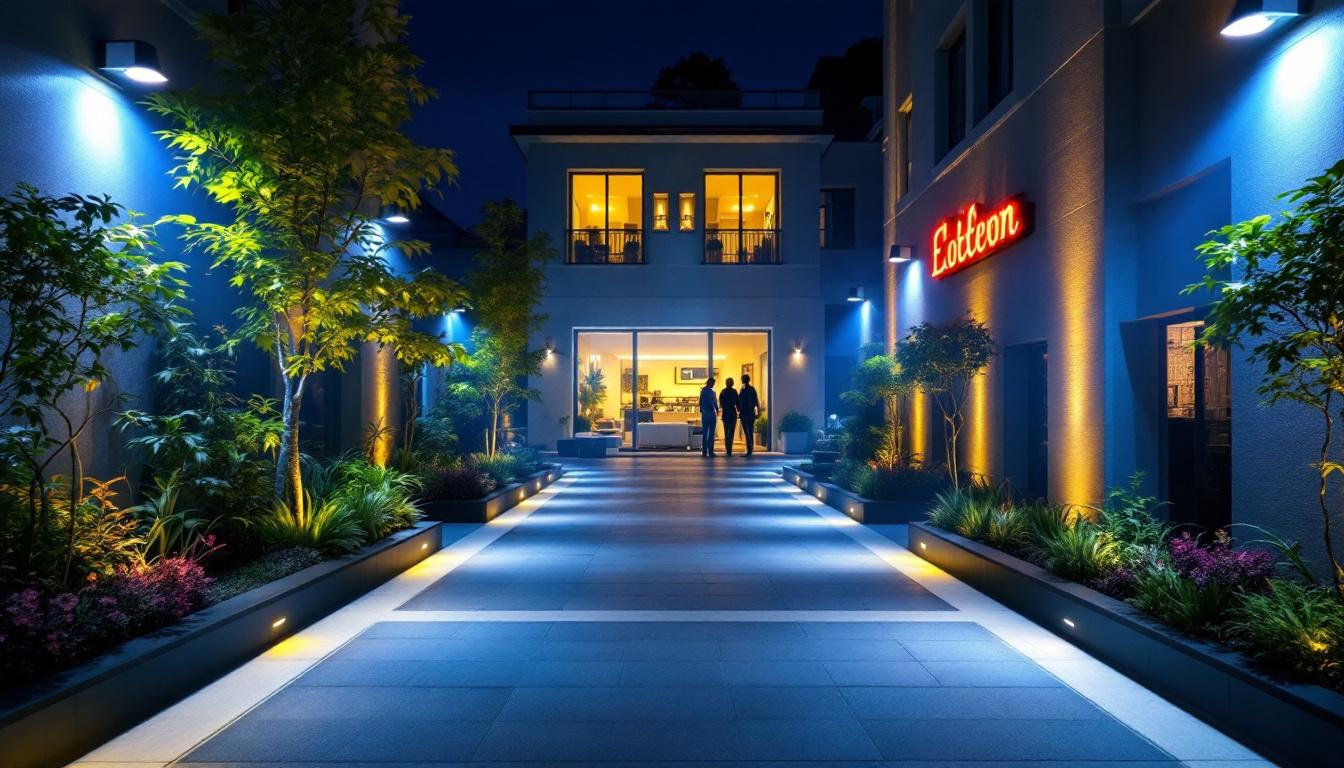
In the world of modern lighting design, LED recessed lights have become a popular choice for both residential and commercial applications. Their sleek appearance, energy efficiency, and versatility make them an attractive option for many contractors and homeowners alike. However, while the benefits are clear, there are also several pitfalls that can arise during installation and selection. This guide aims to navigate those challenges, providing essential insights for lighting contractors to ensure a successful project.
LED, or Light Emitting Diode, technology has revolutionized the way we think about lighting. Unlike traditional incandescent or fluorescent bulbs, LEDs use a semiconductor to convert electricity into light. This process not only makes them more energy-efficient but also significantly extends their lifespan, often exceeding 25,000 hours of use.
Moreover, LEDs emit less heat compared to their incandescent counterparts, which can contribute to lower cooling costs in a space. Understanding these basics is crucial for contractors when discussing options with clients and addressing any misconceptions about LED lighting. Additionally, the compact size of LEDs allows for more versatile design options, enabling creative lighting solutions that can be tailored to specific spaces. With the ability to be integrated into various fixtures and designs, LEDs can enhance both functionality and aesthetics in residential and commercial settings alike.
When selecting LED recessed lights, it’s essential to consider color temperature and Color Rendering Index (CRI). Color temperature, measured in Kelvin (K), affects the ambiance of a space. Warmer tones (2700K-3000K) create a cozy atmosphere, while cooler tones (4000K-5000K) can enhance productivity in workspaces.
CRI measures how accurately a light source displays colors compared to natural light. A CRI of 90 or above is recommended for spaces where color accuracy is crucial, such as art studios or retail environments. Educating clients about these factors can help them make informed decisions that align with their aesthetic and functional needs. Furthermore, advancements in LED technology have led to the development of tunable white LEDs, which allow users to adjust the color temperature according to the time of day or specific activities. This flexibility not only promotes well-being by mimicking natural daylight patterns but also enhances the overall experience within a space, making it more adaptable to various moods and tasks.
One of the most significant mistakes contractors can make is improperly sizing and placing LED recessed lights. The spacing between fixtures should be calculated based on the room’s height and the desired light intensity. A common rule of thumb is to space the lights about 4 to 6 feet apart, but this can vary depending on the specific lighting needs of the space.
Additionally, placement should consider the room’s layout and function. For instance, in a kitchen, lights should be positioned to illuminate work areas effectively, while in a living room, they may be placed to create a more ambient glow. Taking the time to plan the layout can prevent uneven lighting and eliminate the need for costly adjustments later. Furthermore, it is crucial to consider the color temperature of the LEDs, as warmer tones can create a cozy atmosphere, while cooler tones are better suited for task-oriented spaces. This thoughtful approach to sizing and placement can significantly enhance the overall aesthetic and functionality of a room.
Dimming capabilities are often overlooked during the planning stages. Not all LED fixtures are compatible with dimmer switches, and using an incompatible dimmer can lead to flickering or reduced lifespan of the bulbs. It’s essential to choose dimmable fixtures and ensure that the dimmer switch is designed for LED use.
Discussing dimming options with clients can enhance their experience, allowing them to adjust lighting levels to suit different activities or moods. This flexibility not only adds value to the installation but also increases customer satisfaction. Moreover, incorporating smart dimmers can provide even greater control, enabling users to adjust lighting via smartphone apps or voice commands. Such advancements in technology can create a more personalized lighting experience, catering to the unique preferences of each homeowner.
Heat management is a critical aspect of LED recessed lighting that is frequently underestimated. While LEDs produce less heat than traditional bulbs, they still generate some heat that must be dissipated to maintain performance and longevity. Proper housing and installation techniques are vital to ensure that fixtures have adequate ventilation.
Contractors should be aware of the type of housing used for recessed lights, as some designs may trap heat more than others. Using IC-rated fixtures in insulated ceilings can help mitigate this issue, ensuring that the lights operate efficiently without overheating. Additionally, it is beneficial to educate clients about the importance of maintaining a clean environment around the fixtures, as dust and debris can hinder airflow and contribute to overheating. Regular maintenance checks can extend the life of the lighting system, ensuring that it continues to perform optimally over time.
When selecting LED recessed lights, it can be tempting to choose cheaper options to cut costs. However, investing in high-quality fixtures can prevent a host of issues down the line. Inferior products may have lower efficiency, shorter lifespans, and poor color rendering, leading to client dissatisfaction. Additionally, lower-quality fixtures often lack the advanced technology found in reputable brands, such as dimming capabilities and smart home integration, which are increasingly sought after in modern installations.
Reputable brands often provide better warranties and customer support, which can be invaluable for contractors. Researching and selecting fixtures from trusted manufacturers can save time and money in the long run, ensuring that installations meet both aesthetic and functional standards. Furthermore, high-quality fixtures tend to be more energy-efficient, contributing to lower utility bills and a reduced carbon footprint, which can be a significant selling point for environmentally conscious clients.
Beam angle is another critical factor to consider when choosing recessed lights. A narrow beam angle (less than 30 degrees) creates a focused light ideal for highlighting specific areas, while a wider beam angle (greater than 60 degrees) provides general illumination. Understanding the intended use of each space can help contractors select the appropriate beam angle for their projects. This knowledge not only enhances the visual appeal of the space but also ensures that the lighting serves its practical purpose effectively.
For example, in a gallery setting, narrow beam angles can be used to highlight artwork, while in a conference room, wider angles may be more suitable for overall illumination. This attention to detail can enhance the overall effectiveness of the lighting design. Moreover, considering the height of the ceiling and the distance between fixtures can further refine the lighting strategy, ensuring that the light distribution is even and meets the specific needs of the environment. By taking these factors into account, contractors can create a well-lit space that is both functional and inviting, ultimately leading to greater client satisfaction.
Before beginning installation, thorough planning is essential. This includes reviewing the electrical layout, understanding local building codes, and ensuring that all necessary permits are obtained. Proper planning can help avoid delays and complications during the installation process.
Additionally, contractors should communicate with clients about their expectations and preferences. This dialogue can help clarify the design vision and ensure that the final product aligns with the client’s needs. Taking the time to plan can lead to a smoother installation process and a more successful outcome.
Safety should always be a top priority during installation. Contractors should adhere to all safety guidelines and regulations, including wearing appropriate personal protective equipment (PPE) and ensuring that electrical systems are de-energized before work begins. Proper training and adherence to safety protocols can prevent accidents and injuries on the job site.
Furthermore, ensuring that all fixtures are installed securely and that wiring is properly insulated can prevent future hazards. A focus on safety not only protects workers but also enhances the reputation of the contractor.
After installation, it’s crucial to educate clients on the operation and maintenance of their new LED recessed lights. This includes explaining how to use dimmer switches, if applicable, and discussing any recommended maintenance practices. Providing this information can empower clients to make the most of their lighting system.
Additionally, offering a brief tutorial on troubleshooting common issues can enhance the client’s experience and build trust. A well-informed client is more likely to appreciate the value of the installation and recommend the contractor to others.
Soliciting feedback from clients after the installation is complete can provide valuable insights for future projects. Understanding their satisfaction with the lighting design and any adjustments they may need can help improve services. If clients express concerns about brightness or placement, being open to making adjustments can demonstrate a commitment to quality and customer service.
Moreover, gathering feedback can aid in refining the contractor’s approach to LED recessed lighting installations, leading to enhanced efficiency and effectiveness in future projects.
LED recessed lighting offers numerous benefits, but it also comes with its share of challenges. By understanding the technology, avoiding common pitfalls, and following best practices, lighting contractors can ensure successful installations that meet client expectations. From proper sizing and placement to choosing quality fixtures and prioritizing safety, each step plays a crucial role in the overall success of a project.
Ultimately, a focus on education, communication, and quality can enhance the contractor’s reputation and lead to lasting relationships with clients. As the demand for LED lighting continues to grow, staying informed and adaptable will be key to thriving in this competitive industry.
Ready to elevate your lighting installations with the best in LED technology? Look no further than LumenWholesale for all your lighting needs. Our commitment to quality and affordability ensures that you have access to the finest spec-grade lighting products at prices that can’t be beaten. Say goodbye to the hassle of local distributors and inflated costs. With LumenWholesale, you’ll enjoy the convenience of free shipping on bulk orders, ensuring that you get the most value for your investment. Don’t compromise on quality or price. Wholesale Lighting at the Best Value is just a click away. Make the smart choice for your next project with LumenWholesale.

Discover expert tips for lighting contractors on overcoming LED can trim challenges.

Discover the secrets to mastering outdoor solar lighting with insights from top lighting contractors.

Discover the best materials for light switches that enhance durability and aesthetics.

Discover the crucial aspects that lighting contractors frequently miss when installing flood light LED outdoor systems.